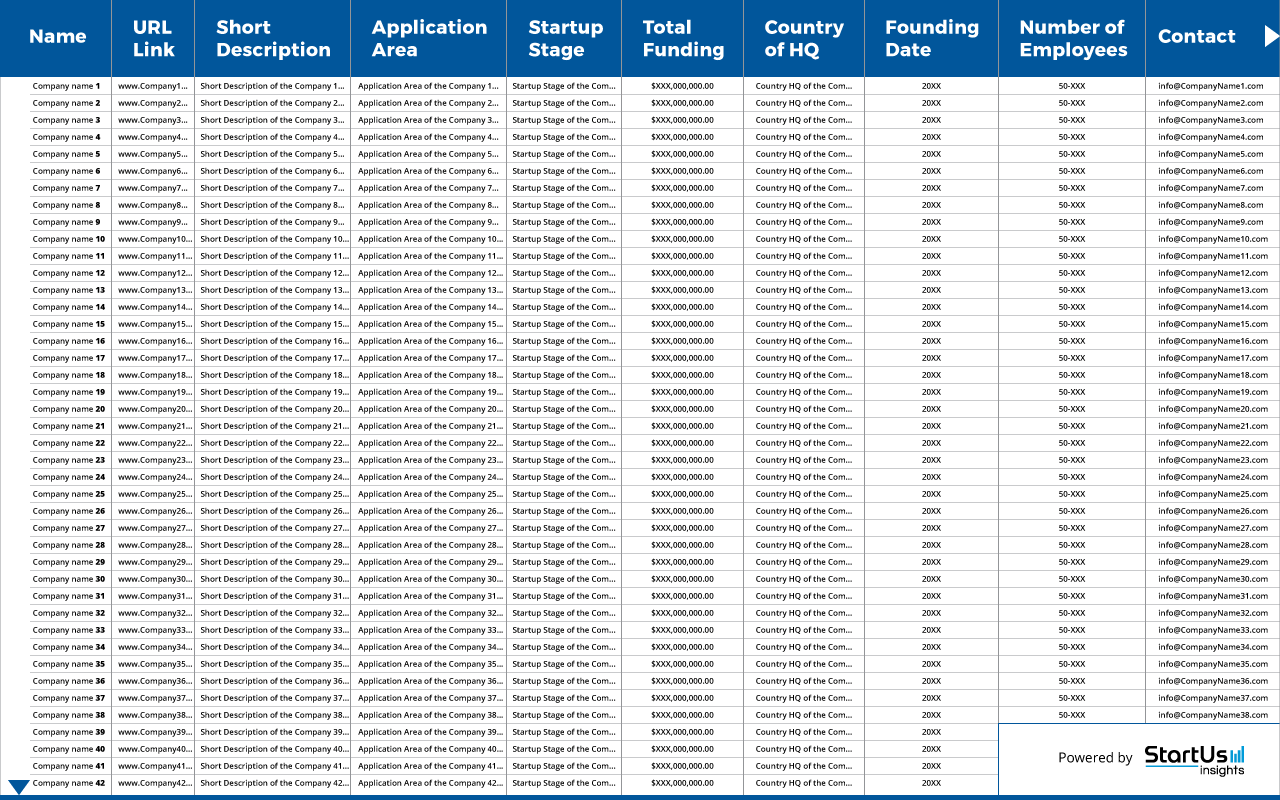In the wake of the COVID-19 pandemic, there was a growth in the development of frugal innovations. The manufacture of low-cost ventilators and distilleries pivoting to produce sanitizers were two prominent examples. However, frugal innovation isn’t just for crises. Also known as reverse innovation, it is a great asset in an innovation manager’s toolkit.
More companies need to include frugal innovation in their innovation management strategy to stay competitive as resources become difficult to obtain. This requires a major mindset shift as people often conflate frugal with cheap. While cheap products offer low quality, frugal innovation focuses on what is essential to deliver quality at a low cost. By incorporating frugal innovation companies can serve people in developing markets better as well as improve accessibility for the underserved population in developed countries.
How to enable Frugal Innovation
Incorporate Local Needs
Frugal innovation is a trademark of innovators in developing economies. Innovators in Latin American or Southeast Asian countries routinely adapt innovations to the needs of local markets. For any company to replicate the success of these frugal innovators, scanning the local environment is essential.
For this, innovation managers need to monitor industry trends in both local and emerging markets as well as identify low-cost tech. For instance, biotech companies utilizing high-quality biomass found their vicinity or healthcare companies repurposing existing products for clinical applications. In startup hubs, there are thousands of startups operating in a small area. Finding the ones that meet your frugal innovation needs can be challenging. Data-driven startup scouting allows you to identify startups that are building solutions that align with your innovation goals.
Balance Affordability with Performance
By definition, frugal innovation creates products that are less expensive than those available in the market. However, inexpensiveness does not imply poor quality. Frugal innovation is about creating products and services that strike a balance between affordability and performance. If you’re in need of frugal innovation, it is likely that you either offer expensive, high-quality products or cheap products that are lower quality than your competition.
If you’re in the latter position, improving the quality without raising prices is possible with incremental innovation. However, if you find yourself in the former position, reducing prices without losing revenue or falling into a commodity trap requires disruptive innovation. Competitor analysis and trend intelligence are good starting points to innovate your way out of both of these positions.
Focus on a Few Main Features
One aspect that often correlates with frugality is simplifaction. Stripping down a product to its bare essentials is a quick way to achieve frugal innovation and offer a low-cost alternative. This can help your company in a number of ways. It makes your product attractive to a large number of new potential customers. This includes people who could not afford the fully-featured version of your product or those who do not need all the features.
Moreover, focusing on a few main features allows you to prioritize your innovation goals. By concentrating research in a few areas, you can out-compete your rivals on not just price but quality as well. How do you decide which features to focus on? Listen to your customers with customer-based innovation.
Build Robust Products and Services
Frugal people and businesses love resilient products and services. For example, materials that last extreme weather conditions for many years. Or software-as-a-service solutions that are flexible and accommodate the varying needs of their clients. Competing on robustness is far more difficult than competing on price. This is because it is often hard to test robustness without significant investment in research and development.
This is also why it is often easier to seek robust innovations externally and internally. Startup and technology monitoring allows you to track new technologies. If you are a materials manufacturer, for instance, this means you find that new, ultra-strong material before your competitors do. Staying ahead of the technology curve allows you to stay frugal while your competitors play catch-up on the price.

Innovation intelligence allows you to identiy emerging startups and technology trends that are accelerating the adoption of frugality.
Benefits of Frugal Innovation
1. Improvements in Resource Utilization
Because frugal innovation focuses on doing more with less, it invariably leads to improvements in resource utilization. Other than reducing the use of resources, it also creates loops for reuse as well as diversifies the product pipeline. This allows companies to considerably lower material costs which they can then pass on to their customers.
2. Increase in Productivity
Frugal principles of horizontal thinking, simplification, and platform-based innovation apply to human resources too. A hallmark of frugality is how innovations migrate to different contexts. This is why companies that inculcate a culture of frugality in their approach to innovation also find it easy to take a frugal approach to their workforce as well. This improves productivity without additional expenditure.
3. Adoption of Sustainability
Across industries, more customers now demand sustainable products and services. For frugal businesses, this is an advantage as sustainable principles such as low waste and material reuse align well with frugality. For companies looking to adopt sustainability, frugal innovation is a low-cost approach to get started. If that is you, data-driven technology scouting can help you identify frugal sustainable solutions.
4. Growth in New Markets
For many companies in the West, developing countries present vast untapped markets. However, they are caught competing on price with each other as well as local companies. Frugal innovation allows such companies to quickly develop price-competitive and high-quality products and services. Moreover, since frugality prioritizes the use of local resources, it unlocks the development of completely novel products as well. By providing a cost advantage without impacting quality, frugal innovation accelerates growth in new markets.
Use Innovation Intelligence to Identify Frugal Opportunities
Leveraging innovation intelligence allows you to find frugal startups and technologies that align with your innovation goals. At StartUs Insights, we offer a range of services enabled by the StartUs Insights Discovery Platform covering over 2,5 million startups & scaleups globally. Some of our services that help you achieve your open innovation goals include:
- Trend Scouting: Identify emerging and latent trends and developments that will advance frugal innovation
- Technology Scouting: Reveal emerging frugal technologies that match your innovation goals
- Startup Scouting: Discover over 2,5 million startups & scaleups globally, scouting the right partners & saving you weeks of desk research
To discover how you can leverage open innovation to adopt frugality, get in touch today!









